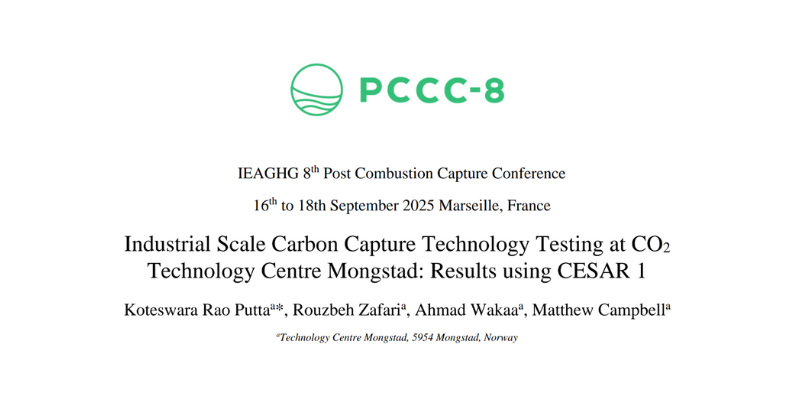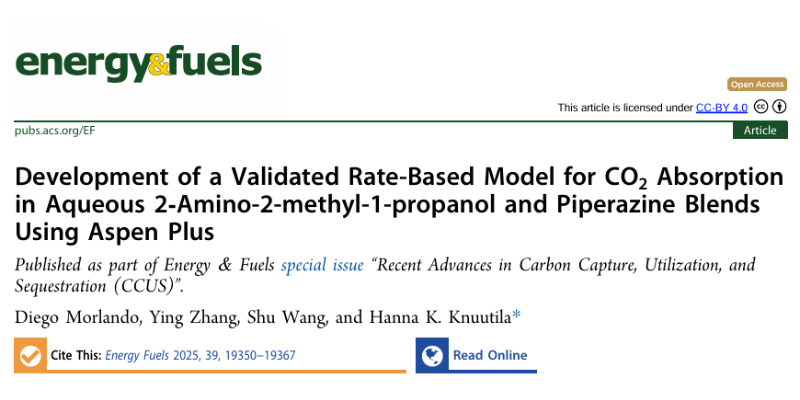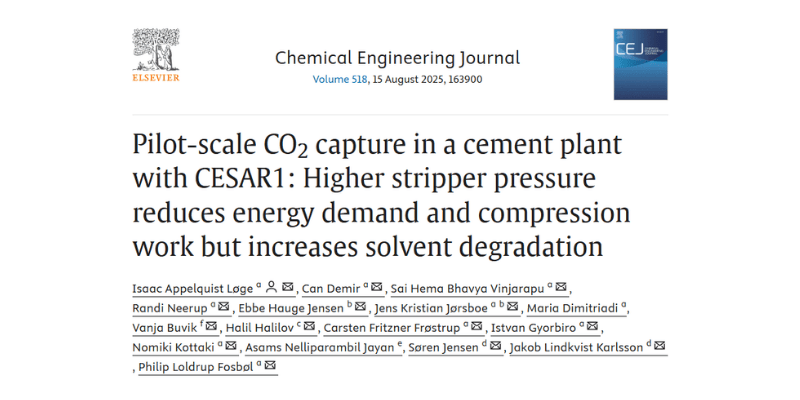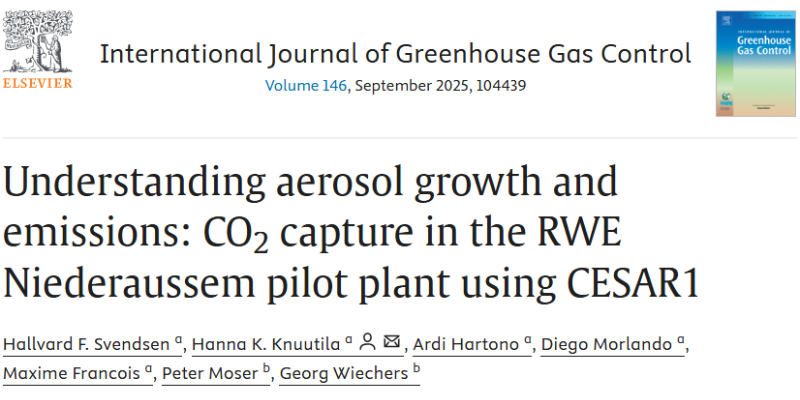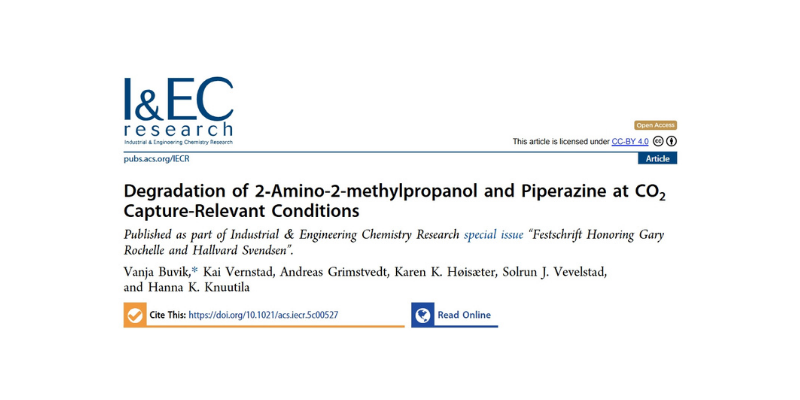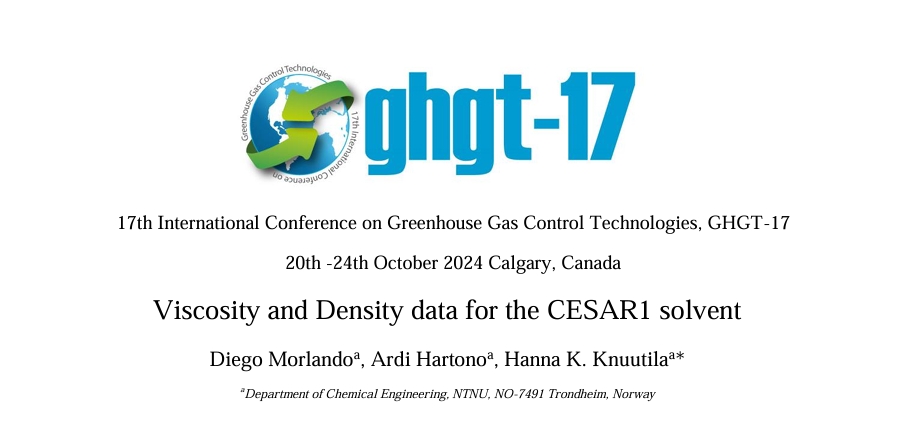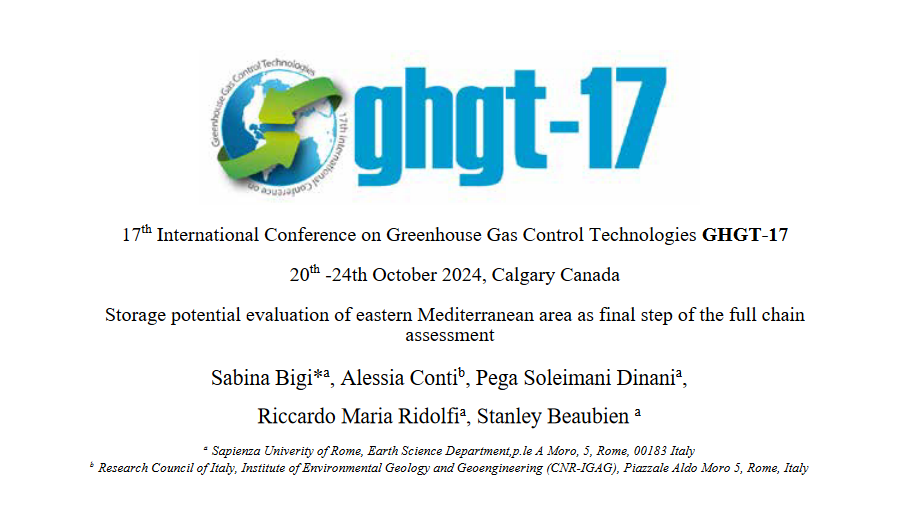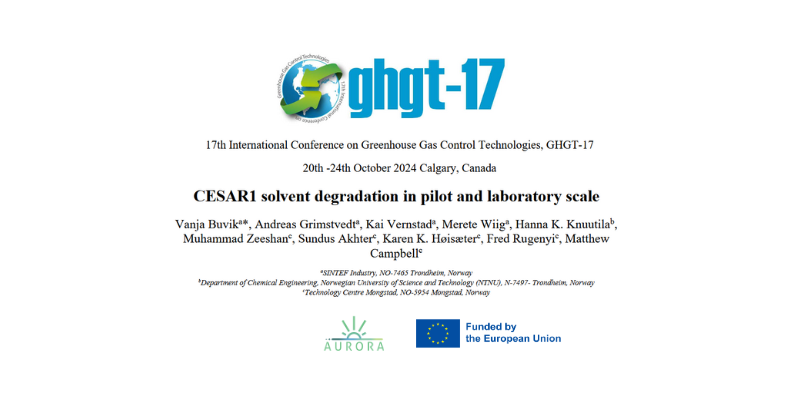Abstract
Global CO2 emission trends show an increase in the total CO2 emissions, i.e. 36.8 Billion tons in 2022 [1], 37.4 Billion tons in 2023 [2] and in 2024 CO2 emissions are expected to be above 40 Billion tons [3]. Though clean energy deployment is increasing, it’s not yet at the capacity to reverse the trend of global CO2 emissions. Energy consumption indicates that energy demand will continue to grow in the coming years. Net-Zero pledges by companies, countries are still far away from achieving the required reduction in emissions.
CO₂ capture using proven amine-based technologies is at the forefront of available solutions, playing a critical role in achieving net-zero ambitions.
Developing large-scale CO₂ capture processes for Carbon Capture and Storage (CCS) applications—especially in energy, chemicals, materials production—requires a stepwise scale-up, validation, and verification to prevent costly technical failures. Rigorous testing at each stage is essential to ensure reliability and performance before full-scale implementation. In EU funded AURORA project, testing is planned to perform with SINTEF Tiller facility at 1 TPD, ACC’s MTU at 2-5 TPD and TCM facility 100 -200 TPD scale covering small pilot to industrial/engineering scale demonstration.
TCM’s demonstration-scale test facility shown in Figure 1, known as the “amine plant,” has already helped several commercial vendors by performing test campaigns on various CO₂ capture solvents since its inauguration in 2012. The active collaboration among public, industrial, research, and academic stakeholders has enriched these campaigns, ensuring that the insights gained benefit a wide audience. The primary objective of these initiatives is to generate knowledge that reduces technical, environmental, financial, and overall cost risks for the commercial-scale deployment of post-combustion CO₂ capture (PCC). At the CO₂ Technology Centre Mongstad (TCM), we systematically quantify CO₂ capture systems to manage risks and lower barriers to commercialization. This approach accelerates technology transfer and supports the global deployment of effective CO₂ capture solutions.
Keywords: CO2 Technology Centre Mongstad; CESAR 1 solvent, Carbon Capture; Industrial scale, Advanced process configurations, high capture rates
Authors: Koteswara Rao Putta, Rouzbeh Zafari, Ahmad Wakaa, Matthew Campbell (Technology Centre Mongstad).
Publication – Development of a Validated Rate-Based Model
Abstract In this work, we developed a new e-NRTL thermodynamic framework for CO2 absorption in aqueous mixtures of 2-amino-2-methyl-1-propanol (AMP)…
Publication – Pilot-scale CO2 capture in a cement plant with CESAR1
Abstract Carbon capture from hard-to-abate industries is essential. This study investigates the effect of stripper pressure on the performance of…
New Publication: Aerosol Modeling in CO2 absorption using CESAR1
We are proud to announce that Hallvard F. Svendsen, Hanna K. Knuutila, Ardi Hartono, Maxime Francois and Diego Morlando at…
Thermodynamic Properties of CO₂ Absorption in CESAR1 — Essential Data for Better Process Modelling
We are proud to announce a new scientific publication from the AURORA project, authored by Diego Morlando, Ardi Hartono and…
Journal Publication – In-Depth Study of CESAR1 Solvent Degradation Under CO₂ Capture Conditions
A new scientific publication based on research from the AURORA project has just been released in the journal Industrial &…
Conference publication – GHGT-17: Viscosity and Density data for the CESAR1 solvent
Abstract Global warming is a major issue that needs to be addressed and limited. The CESAR1 solvent blend has a…
Conference publication – GHGT-17: “Storage potential evaluation of eastern Mediterranean area as final step of the full chainassessment”
The final step in capturing and storing carbon dioxide (CO₂) emissions is geological storage, where CO₂ is injected deep underground…
Understanding Solvent Degradation in CO₂ Capture – CESAR1 Solvent Degradation in Pilot and Laboratory Scale
The fight against climate change requires innovative solutions, and one promising method is CO₂ capture and storage (CCS). CCS involves…
Turning Waste Into Opportunity: Thermal Reclamation Chemistry of Common Amine Solvents
CO2 capture technology is vital for reducing greenhouse gas emissions. But what happens when the chemicals used in this process…
Closing Knowledge Gaps – Density and Viscosity of Unloaded and CO2-loaded Aqueous AMP-PZ blends
AURORA’s latest scientific journal publication provides experimental density and viscosity data on different unloaded and CO2-loaded aqueous blends of 2-amino-2-methyl-1-propanol…

